
Culture & Sports
09:44, 21-May-2017
Sampling Hong Kong’s gourmet food

Tourists who visit Hong Kong are said to have two missions: one is to go retail-crazy in this Asian shopping paradise; the other is to sample as much local food as possible. Hong Kong may be small but the variety of delicacies on offer is massive. So before you travel there, do save some room in your stomach because this city will do its best to fill it.
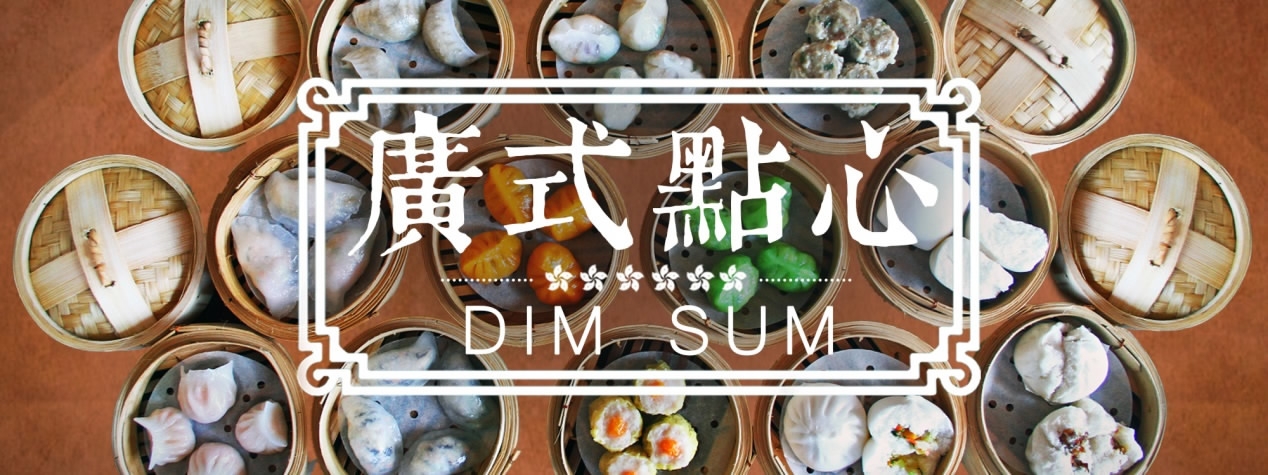
With some 2,000 different types of dumplings and other treats, Dim Sum are a “must eat” in Cantonese cuisine, presented in small steamer baskets or on plates. In tea houses, they are often served from carts wheeled around by staff, and diners can just select anything they want without having to leave their seats. People in Hong Kong and Guangdong Province usually have them with a cup of tea.
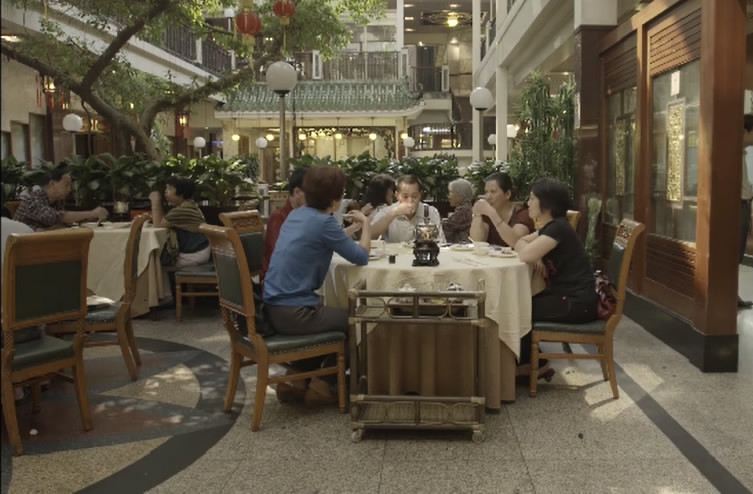
Screenshot of CCTV's A Bite of China
Screenshot of CCTV's A Bite of China
Young and old, blue- and white-collar workers: everyone enjoys Dim Sum. It can be a full meal or just a snack: locals usually sit together around a table and enjoy their Dim Sum and tea while talking about life or reading the newspaper.
Some popular Dim Sum items include Har Gow, Siu Mai, Cheung Fan and Cha Siu Bao.
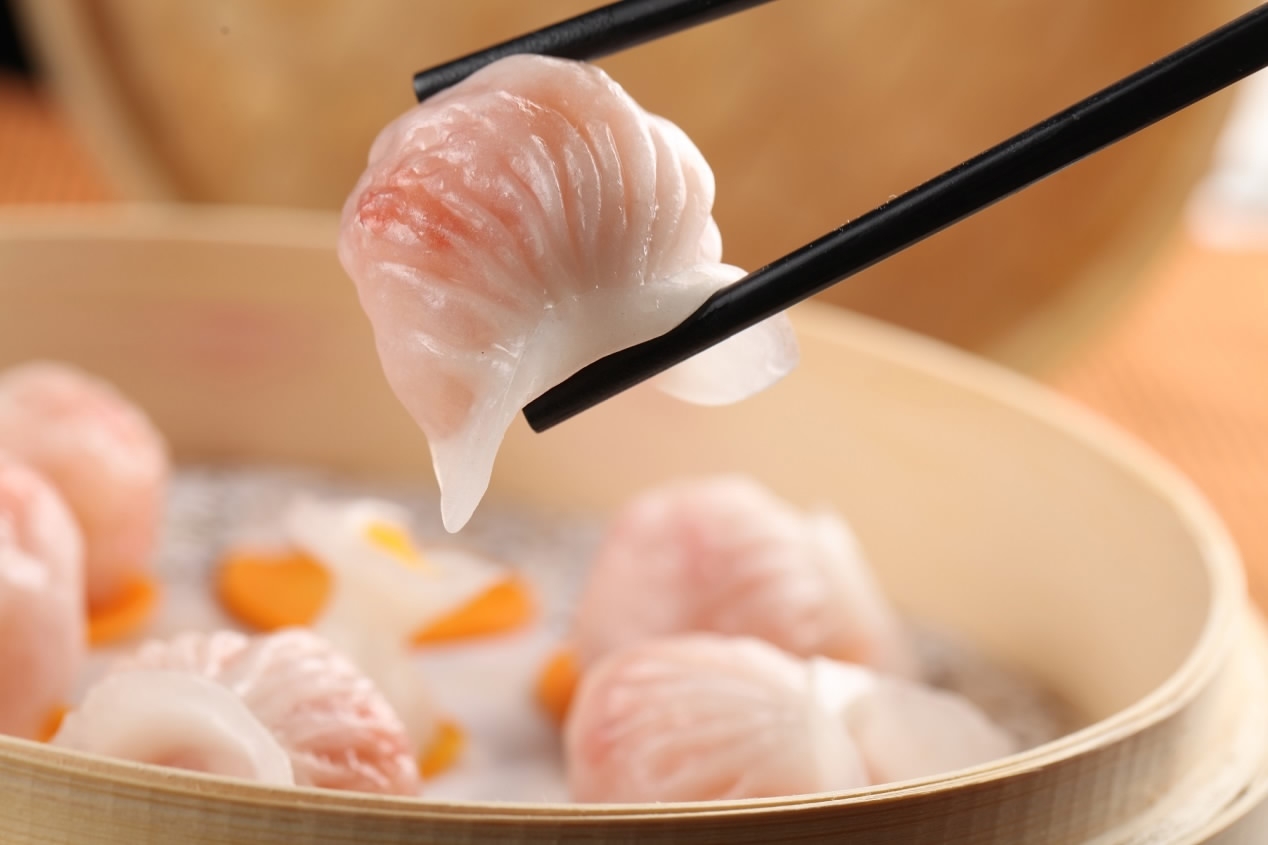
VCG Photo
VCG Photo
Har Gow
Har Gow is the Cantonese name for steamed shrimp dumplings. Their delicate translucent skin, revealing pink pieces of shrimp inside, is sure to stimulate your taste buds. The bite-sized parcels may look artistic but they also have many technical requirements: the shrimp-to-pork ratio in the filling should be 7 to 3. A perfect Har Gow dumpling is shaped like a crescent and should also have 10 pleats.
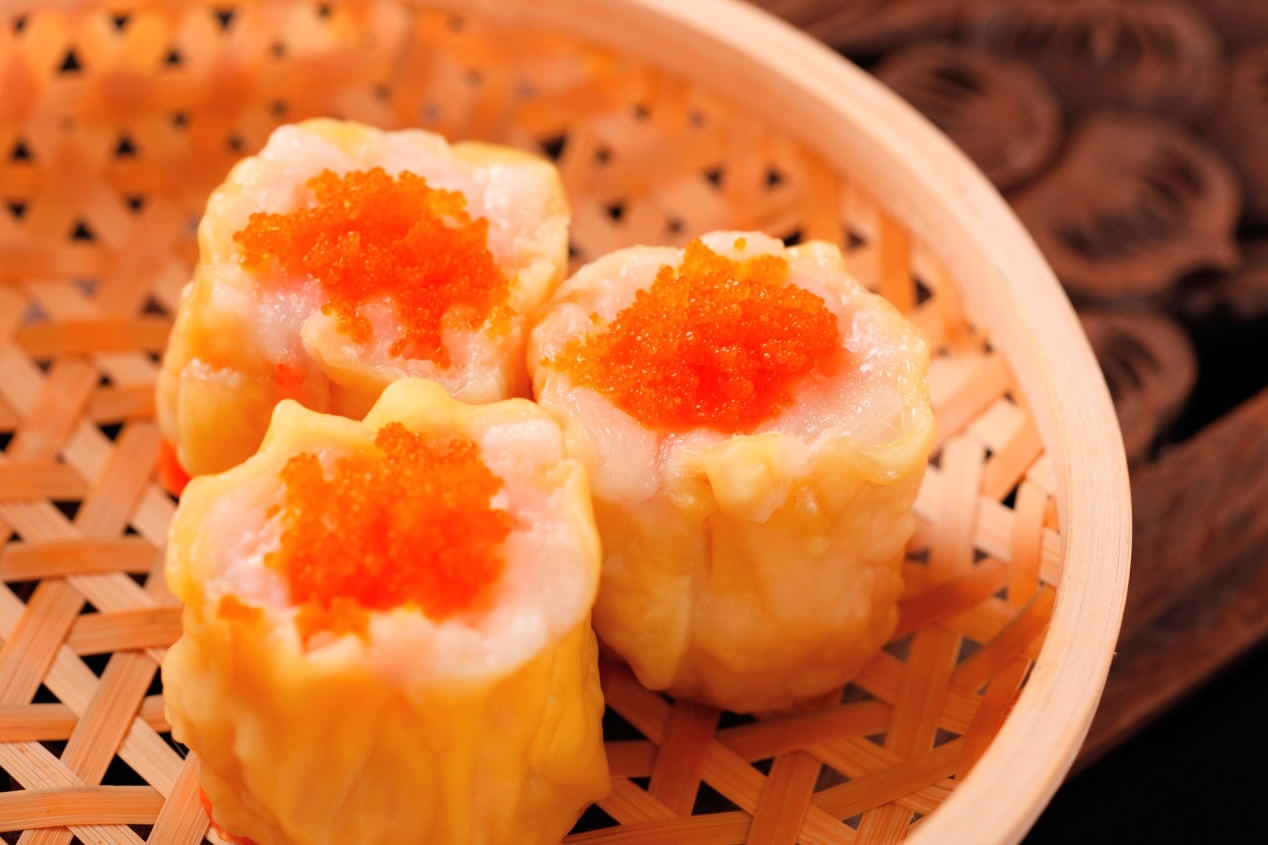
VCG Photo
VCG Photo
Siu Mai
Siu Mai is another popular Chinese dumpling and consists of ground pork, shrimp, black mushrooms, green onions and ginger, all of which are wrapped in a thin wheat dough. A dollop of crab roe is often placed on top as decoration.
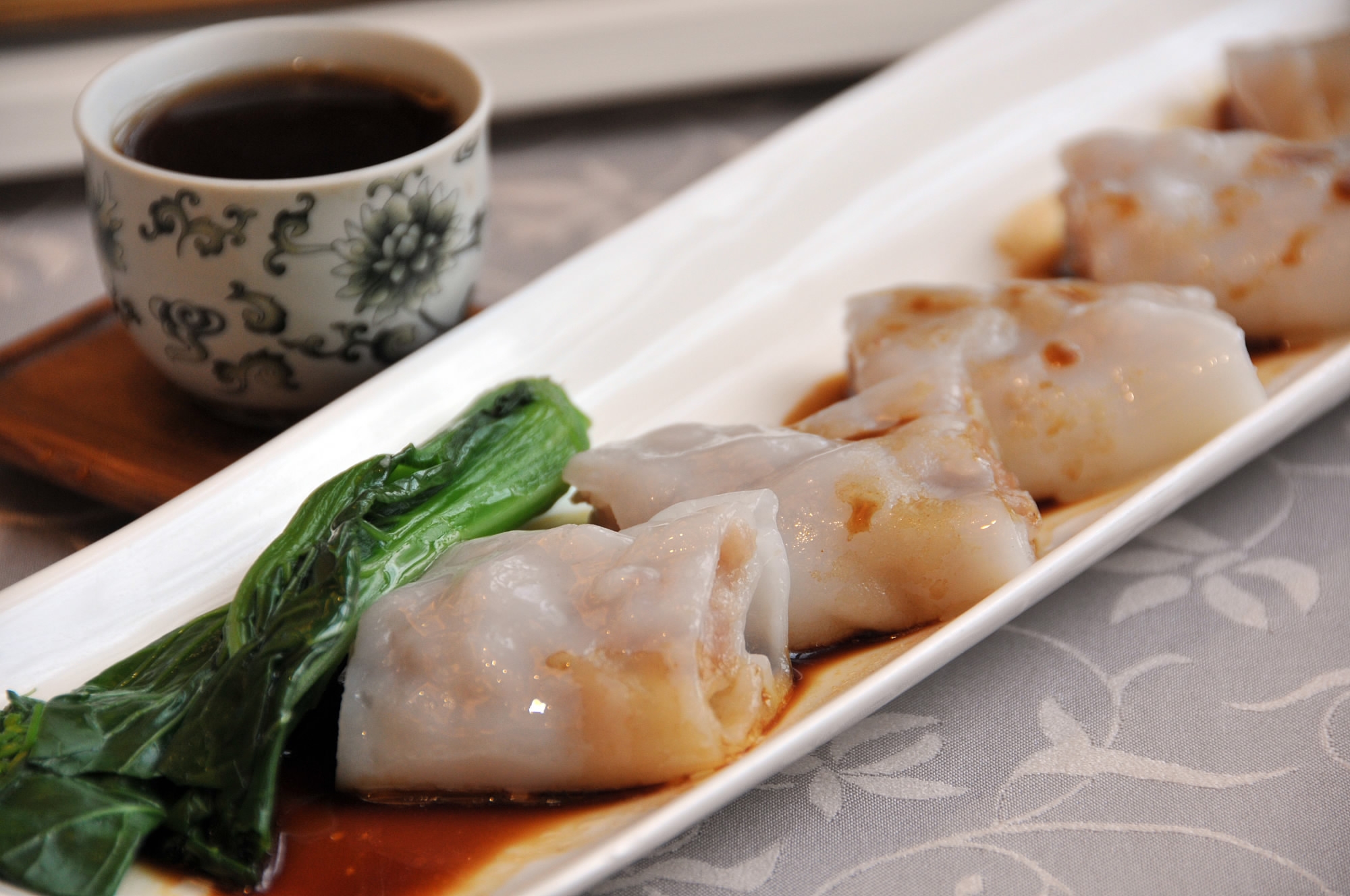
VCG Photo
VCG Photo
Cheung Fan
Cheung Fan is a rice flour roll that can be varyingly filled with shrimp, beef, or sweet barbecued pork. Served white, it is then covered in a light soy sauce. Cheung Fan has many variations in Vietnam, Malaysia and Singapore.
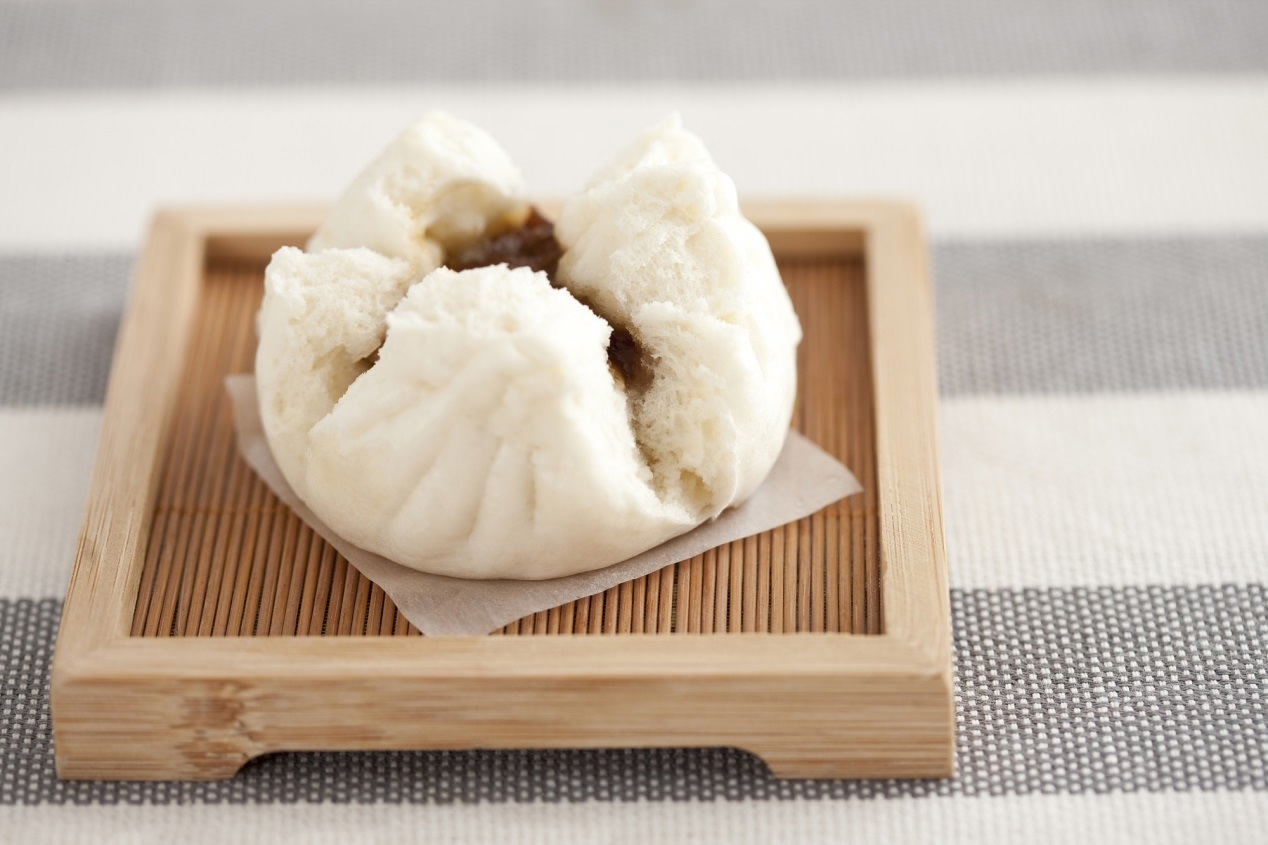
VCG Photo
VCG Photo
Cha Siu Bao
Originating from Guangdong Province, Cha Siu Bao is a steamed white bun stuffed with tender sweet roast pork: Cha Siu refers to the pork filling, while Bao means “bun”. Traditionally, Cha Siu Bao was steamed with a filling seasoned in oyster sauce. But there is now a new style: the baked Cha Siu Bao, with a brown and glazed exterior.
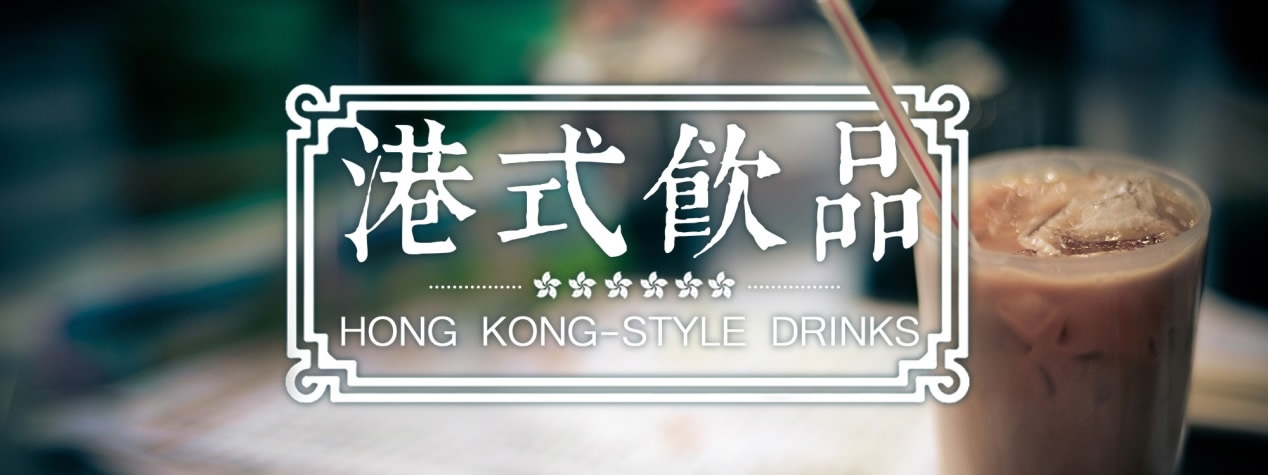
Hong Kong people usually drink Chinese tea with a Chinese-style breakfast. But with a Western-style breakfast - toast, scrambled egg or macaroni soup with ham, for example - milk tea, coffee with tea, lemon tea or Ovaltine are favorite choices.
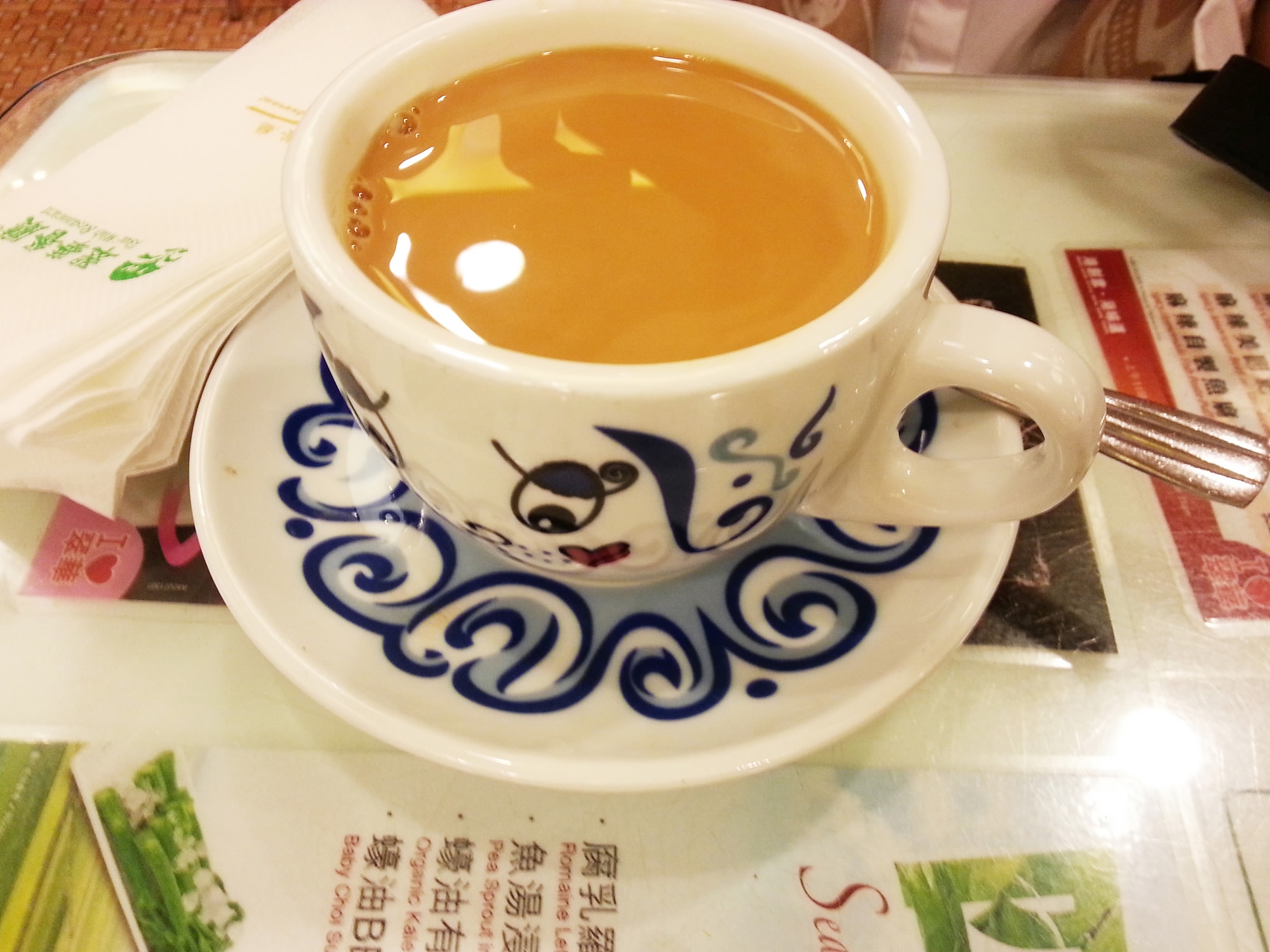
VCG Photo
VCG Photo
Milk Tea
There are many kinds of milk tea in Hong Kong, Macao, Taiwan, Chinese Mainland, Malaysia, Singapore and the UK. Hong Kong-style milk tea is a concoction of Sri Lankan black tea and condensed or evaporated milk. Due to its smooth texture, people also dub it “Silk Stocking Milk Tea.” Generally, milk tea is served hot but customers can request a cold version, with or without ice cubes.
Hong Kong-style milk tea has become an icon of the city. According to the Hong Kong Tourism Board, hundreds of millions of cups are sold every year.
This love of milk tea probably dates back to British colonial rule over Hong Kong: while the Chinese usually drink their tea pure, Britons have long enjoyed mixing black tea with milk and sugar.
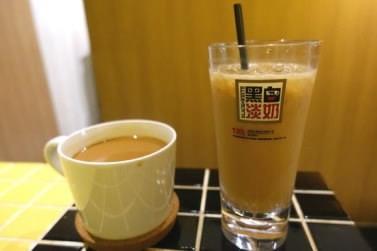
VCG Photo
VCG Photo
Yuen Yeung is a mix of coffee and Hong Kong-style milk tea and is one of the most popular beverages in the city. For a nice cup of Yuen Yeung, the proportion of coffee and milk tea is strictly controlled: three parts of coffee and seven parts of milk tea are considered a perfect cup.

Cart noodles and wonton noodles are two dishes with strong local character.
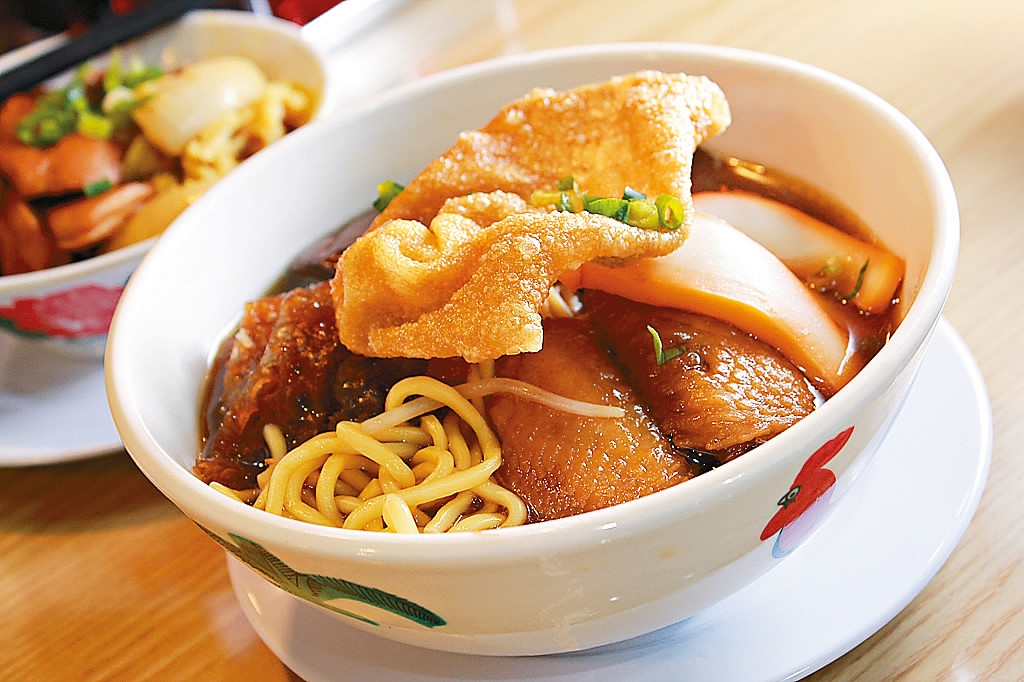
VCG Photo
VCG Photo
Cart Noodles
Cart noodles became popular in Hong Kong in the 1950s as a street food. The dish was initially sold at carts operated by street vendors, giving it its name, but it is now also available in restaurants.
Customers can choose from a variety of noodles - oil noodles, thick Udon, flat Ho fan rice noodles, and so-called “thin” and “thick” noodles - and add toppings such as pig skin, chicken wings, beef balls, fried fish balls and vegetables. Prices vary depending on the combination of ingredients.
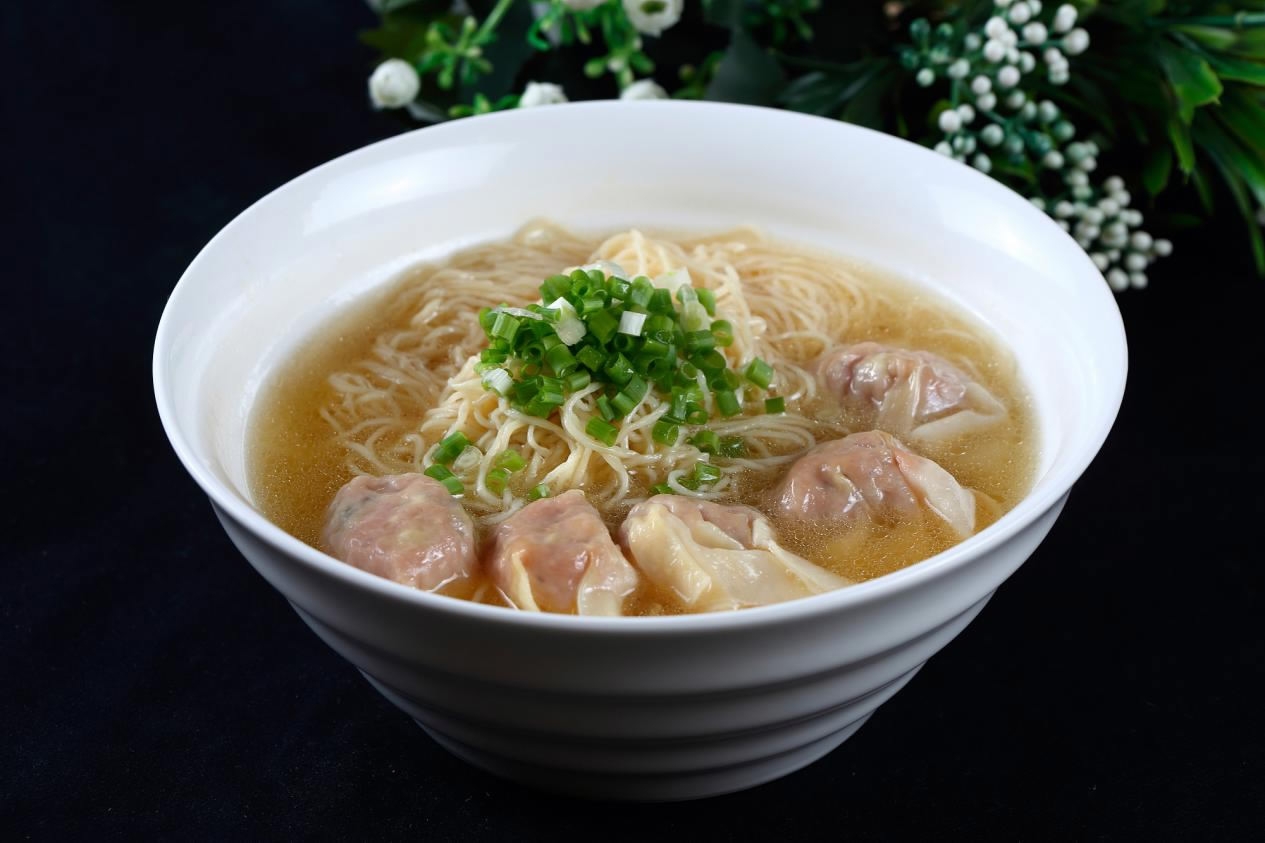
VCG Photo
VCG Photo
Wonton Noodles
A bowl of wonton noodles is made up of – you guessed it – noodles and wonton – a dumpling with a thin skin, popular in Hong Kong, Guangdong Province and Southeast Asia.
Wonton noodles are usually served in a clear soup and garnished with vegetables. Wonton can contain prawns, chicken or pork, and black fungus. Ideally, the filling will be 70 percent shrimp and 30 percent pork.
Wonton is believed to have stemmed from Guangzhou during the Tang and Song dynasties (618-1279).

Siu Mei, also known as Chinese barbecue or Chinese roasts, includes barbecued pork, roast goose and duck, marinated steamed chicken, soy sauce chicken and roast crispy pig. If you visit Hong Kong, it is hard to miss because all kinds of Siu Mei hang in restaurant windows and can be seen from the street.

Of course, anyone who visits Hong Kong cannot miss out on local snacks, like fish balls, beef offal, Put Chai Ko, mini egg puffs and pineapple buns. Even if you have to line up for a snack, it will all be worth it once you have had a bite: Hong Kong’s snacks are without a doubt on the list of must-eats.
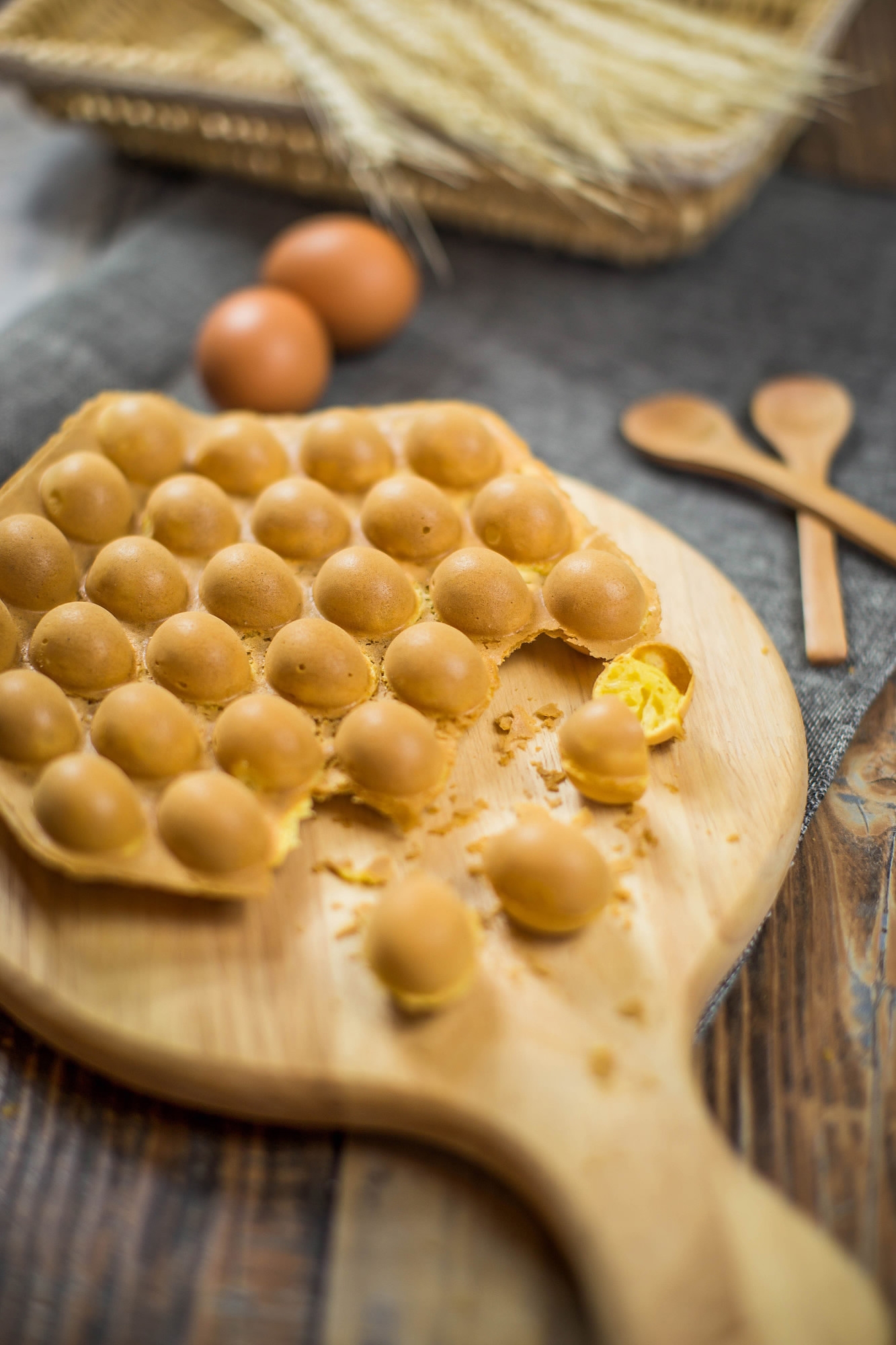
VCG Photo
VCG Photo
Mini Egg Puffs
If you see a long line in front of a street vendor, chances are it is a mini egg puff hawker.
Made from sweetened egg batter, mini egg puffs are baked in a mold, giving them a crunchy exterior but soft interior. Nowadays, egg puffs come in a wide range of flavors, like chocolate, strawberry and coconut.
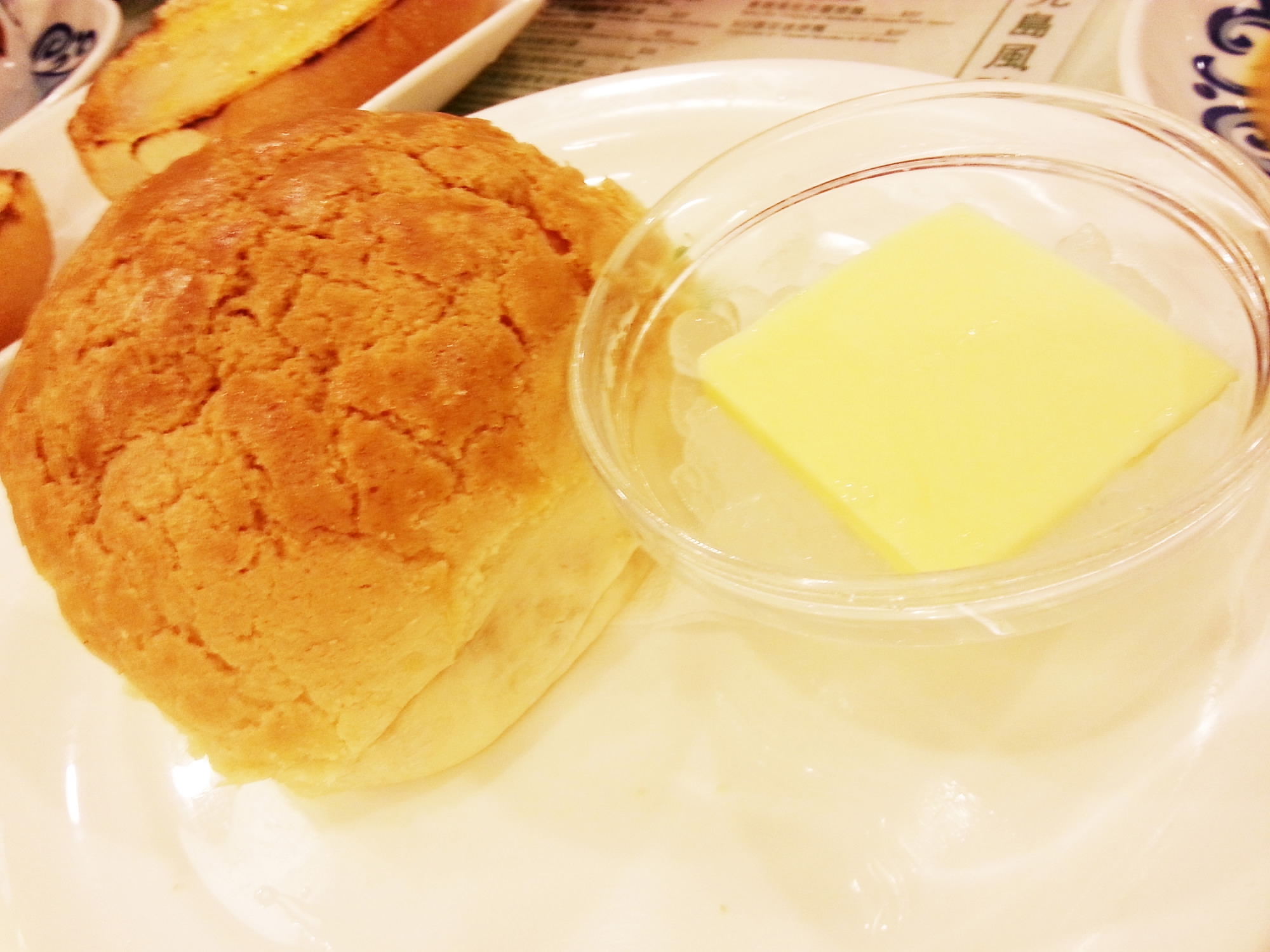
VCG Photo
VCG Photo
Pineapple Buns
“Pineapple buns” are one of the foods most frequently mentioned in Hong Kong TV dramas as an afternoon or teatime snack. Despite its name, the bun contains no pineapple. Rather it gets its name from the chequered pattern on the top, which resembles the spiky fruit. The bun itself is made of soft and sweet brioche-type dough. This is news text.
Pineapple buns are such a part of the city that the technique of making them was listed on Hong Kong’s first intangible cultural heritage list in 2014.
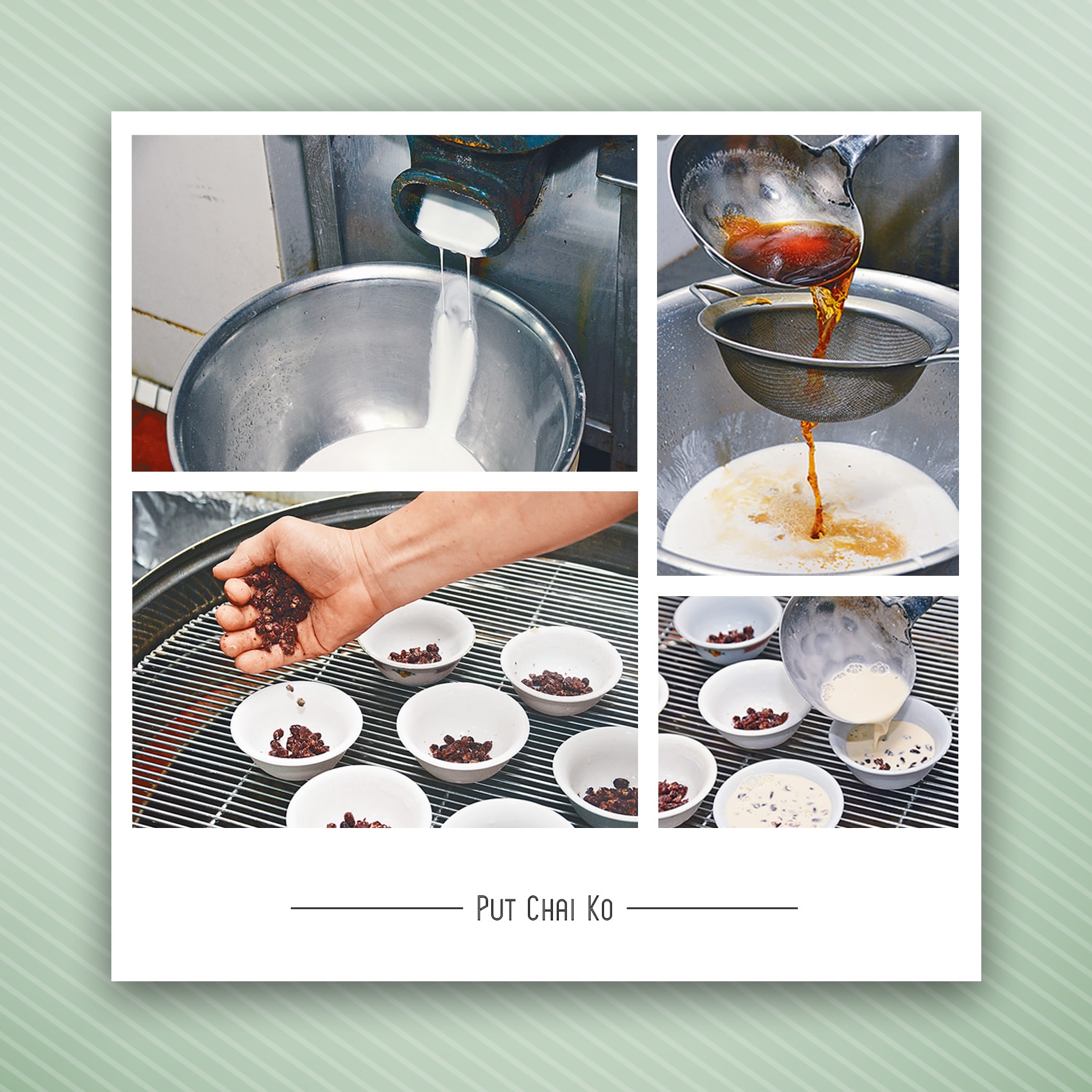
CGTN Photo
CGTN Photo
Put Chai Ko
Put Chai Ko is a type of pudding cake, made from white or brown sugar, long-grain rice flour and wheat starch, garnished with some red beans.
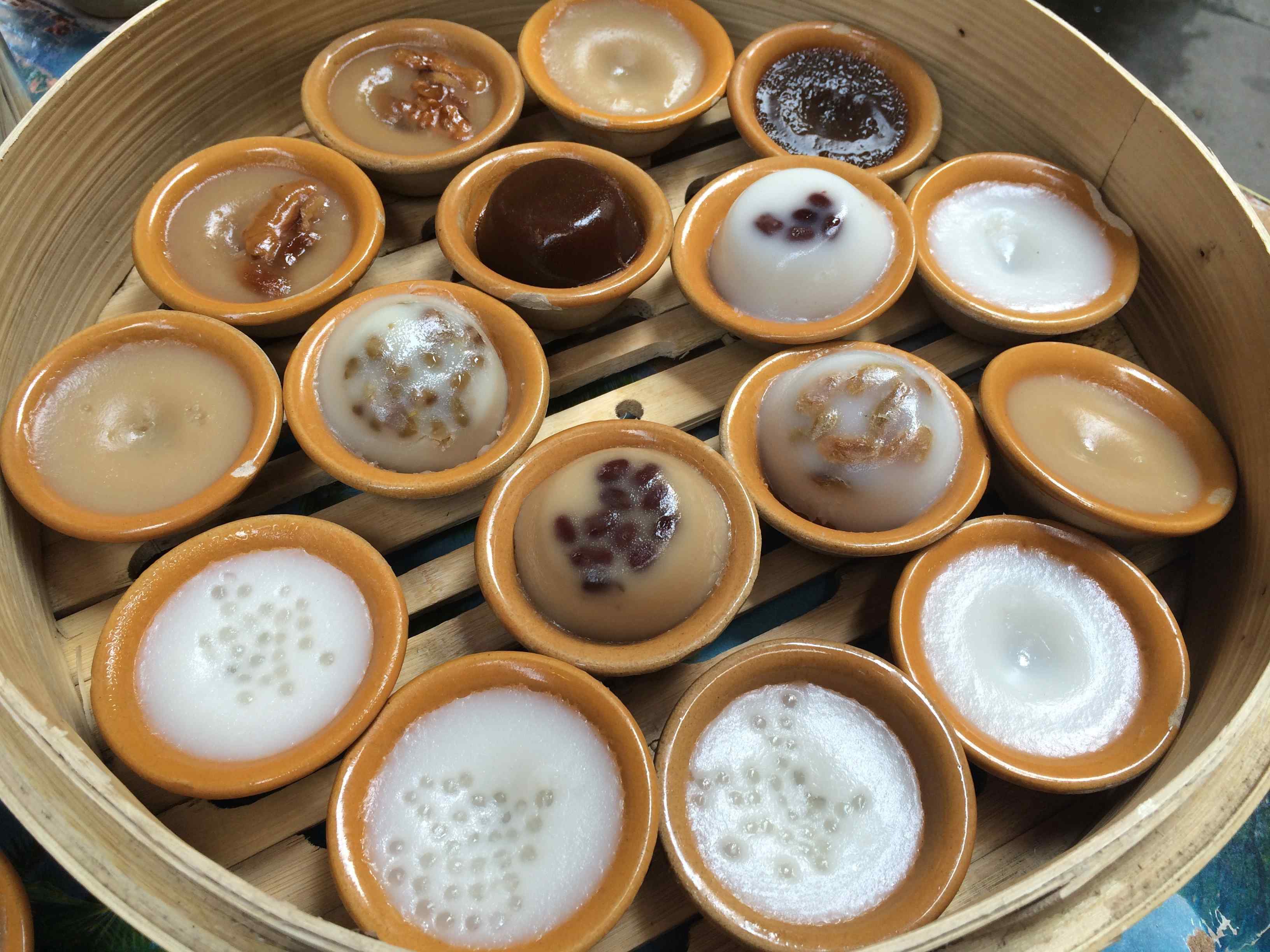
VCG Photo
VCG Photo
Making Put Chai Ko requires four steps. First, make a batter with the long-grain rice flour. Then, boil the brown sugar, sieve it and mix the syrup with the batter. Garnish small bowls with some cooked red beans and pour the batter over them. Finally, steam the cakes for one hour.
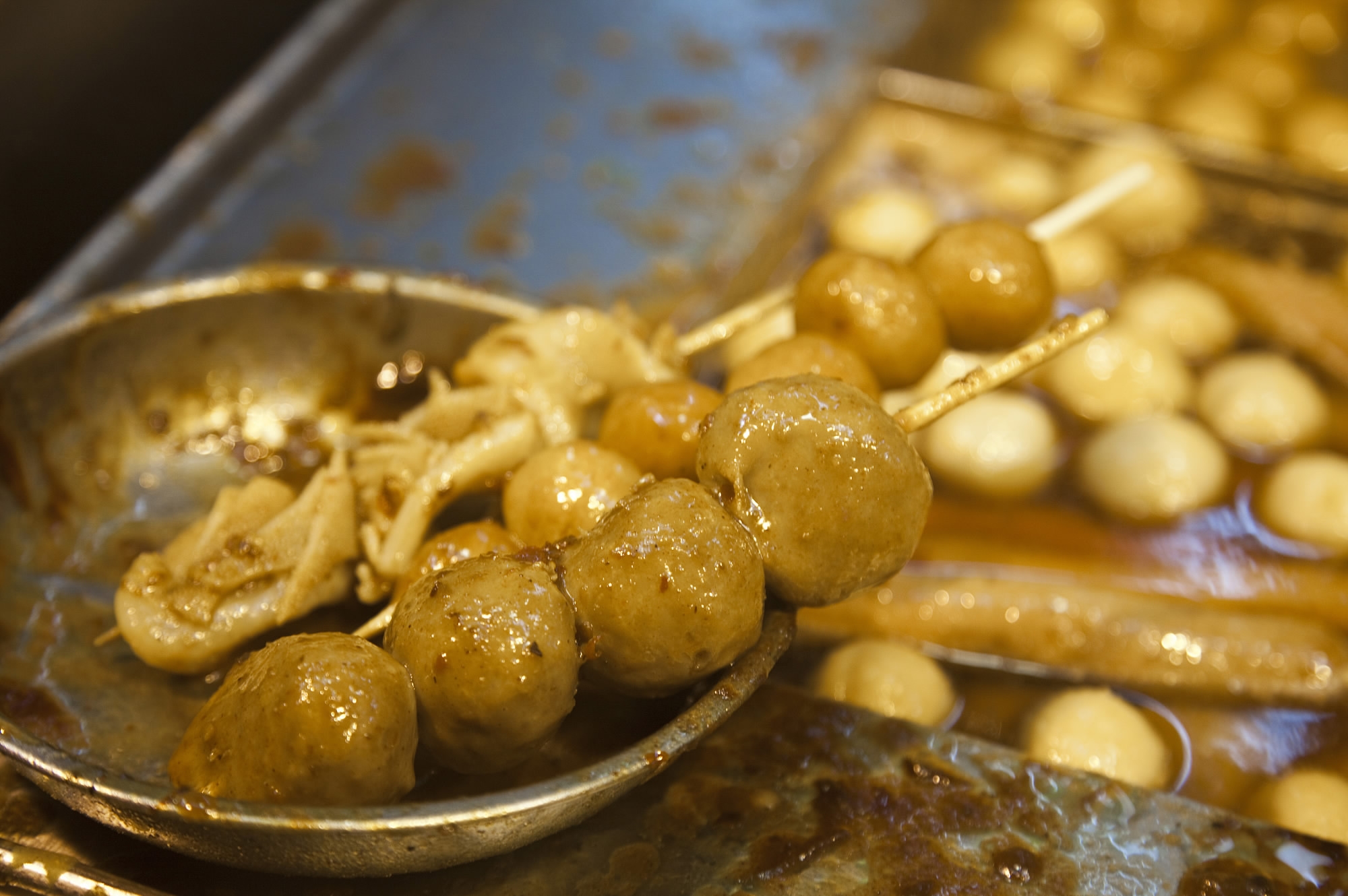
VCG Photo
VCG Photo
Fish Balls
Fish balls are one snack you can find anywhere in Hong Kong, whether at street vendors or in restaurants. Hong Kong-style fish balls are made from freshly ground fish paste. They are commonly enjoyed on a bamboo skewer, covered in curry sauce. According to Ta Kung Po, a local newspaper, this is one of the four favorite street foods of Hong Kong celebrities, along with Put Chai Ko, mini egg puffs and Siu Mai dumplings.
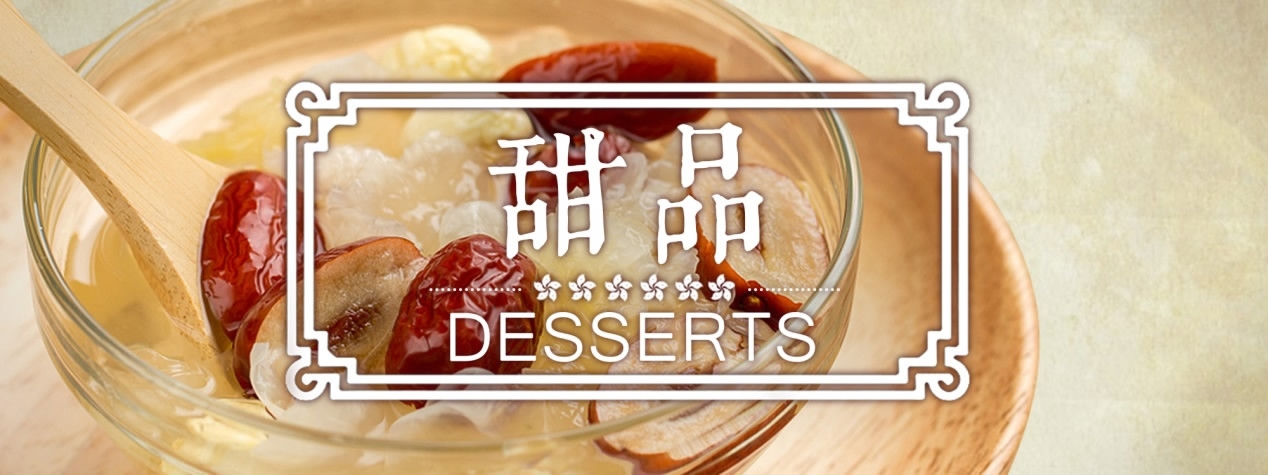
Tong Sui
Tong Sui is literally translated as “sugar water” in English and refers to a variety of sweet and warm soups or custards, such as tofu pudding or black sesame soup. Some Tong Sui is made of milk, like ginger milk pudding. The main ingredients used are pear, white fungus, sweet potato, red bean and crystal sugar. People in Hong Kong, Macao, Guangdong Province and Guangxi Zhuang Autonomous Region believe the sweet warm soup will help against internal heat.
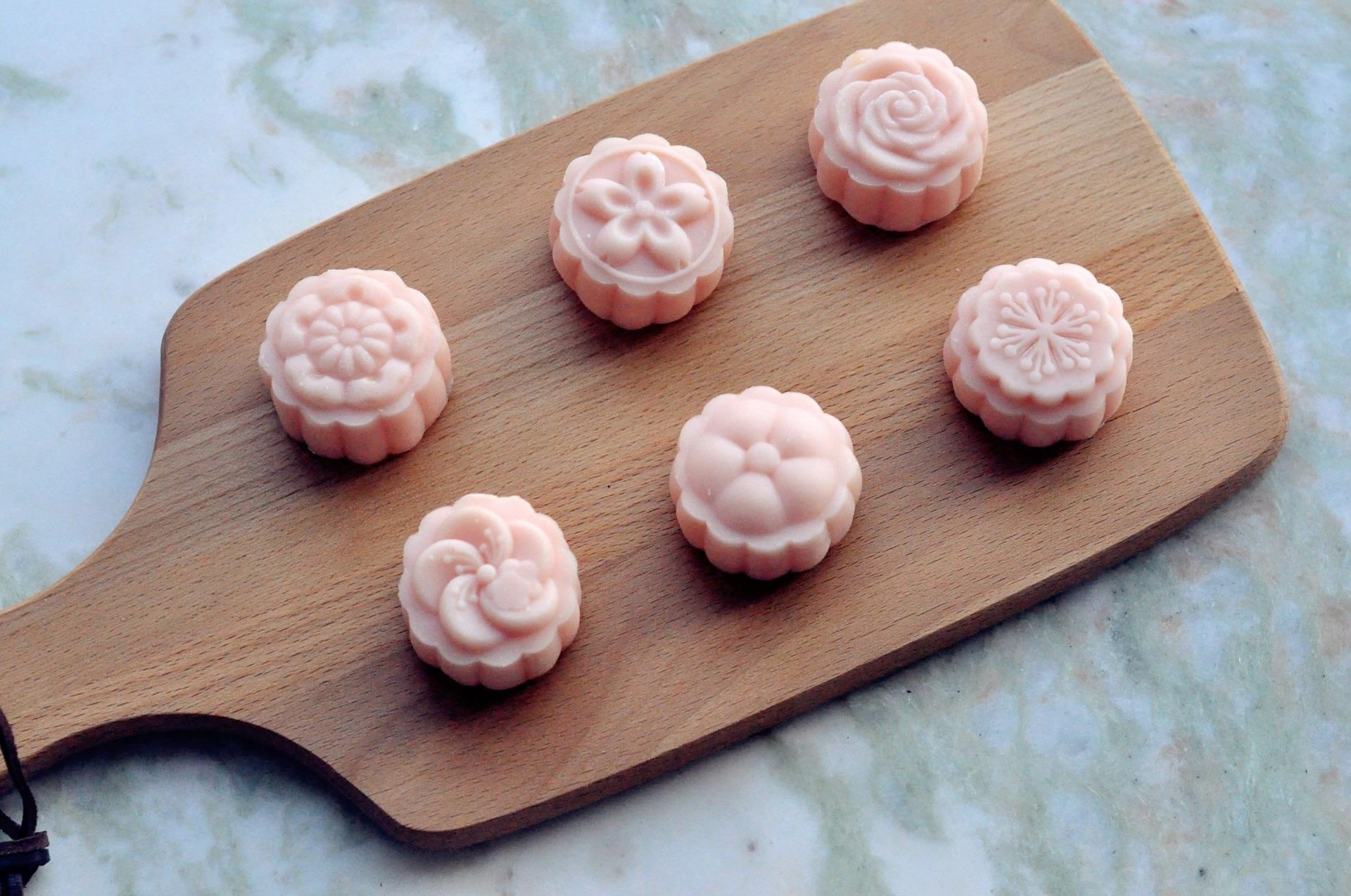
VCG Photo
VCG Photo
Snowy Mooncake
The snowy mooncake was developed by a Hong Kong bakery, named Taipan, in 1989. Unlike traditional mooncakes which have a golden skin, snowy mooncakes are not baked and have to be stored frozen.
The crust of snowy mooncakes is made of frozen glutinous rice, which is usually white, giving them a “snowy” appearance. The fillings also differ from traditional mooncakes: instead of the typical salted egg yolks, snowy mooncakes come with a wide range of flavors, like chocolate, coffee, cheese and durian.
What is your favorite dish? Tell us on Facebook, Twitter, Weibo and WeChat.

SITEMAP
Copyright © 2018 CGTN. Beijing ICP prepared NO.16065310-3
Copyright © 2018 CGTN. Beijing ICP prepared NO.16065310-3